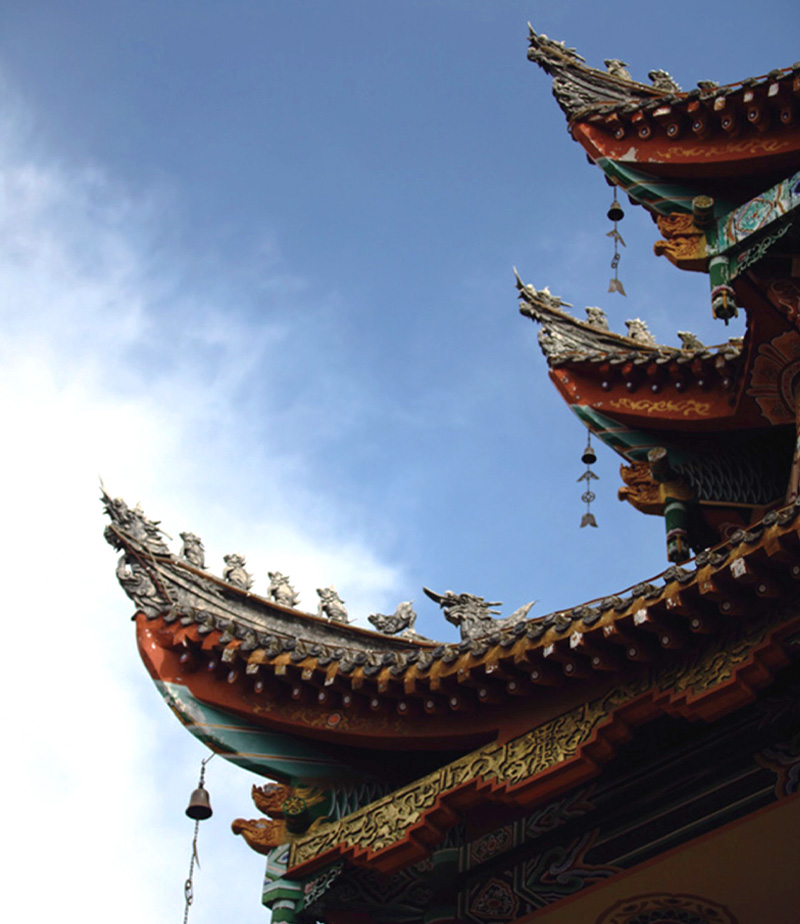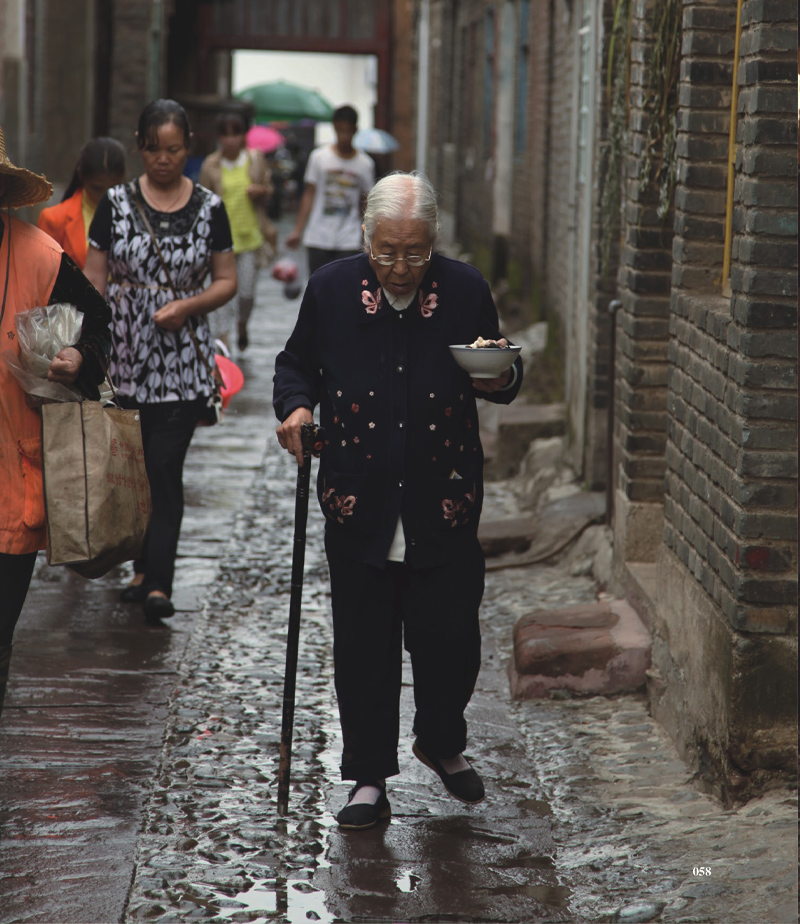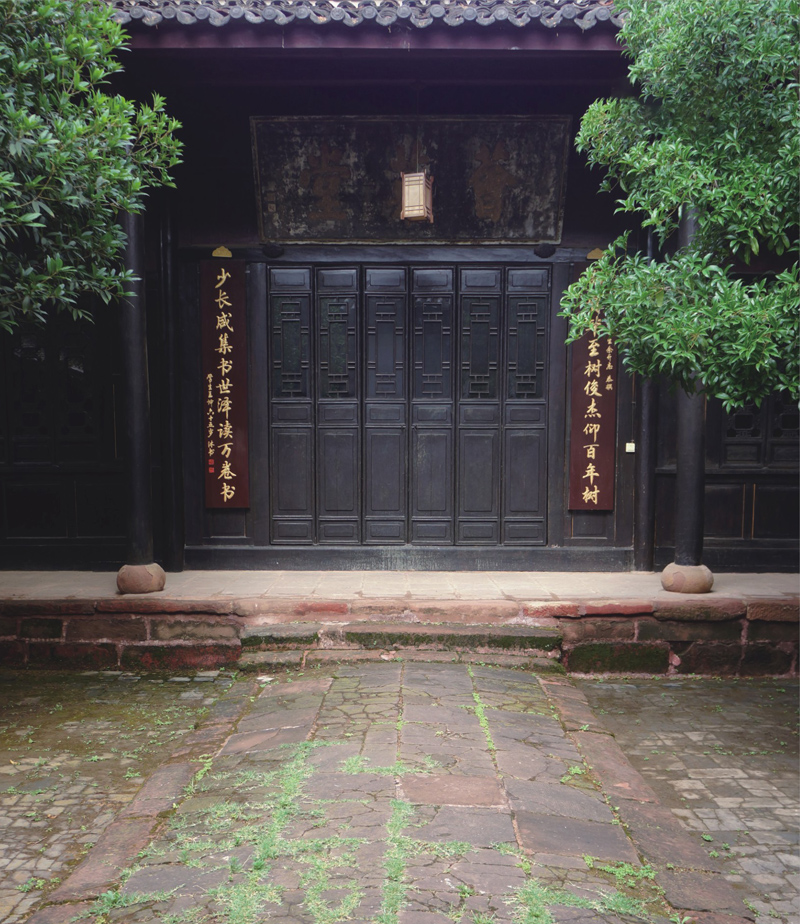Impression of ancient city

bell tower and drum tower
Also known as Lingxiao tower, the shape comes from the corner tower of the Royal Garden in the Qing Dynasty. The building is tall, handsome and beautifully constructed. In addition to carving beams and painting buildings, couplets and calligraphy are especially worth appreciating. Under the "Xingren" plaque on the east side of the stair base, you can try to find the "bullet hole". On the east side, you can find a "shell" embedded on the wall. 了解更多
North Gate Tower
Also known as Gongji tower, it is the oldest building in Huili ancient city. It was built in the 31st year of Hongwu of the Ming Dynasty (1398)“ Below the word "arch pole", there is the word "YONGGU Beichen", which says that "for politics and morality, for example, Beichen lives in its place, and the stars arch it". The Beichen is the Polaris in the Analects of Confucius. The tower was built on the city gate. 了解更多
Kejia Lane
Kejia lane is the cultural card of Huili. In the Ming and Qing Dynasties, there were more than 390 Jinshi, Juren and Gongsheng in this 156 meter long alley. This is really rare for a remote town. There were once large families such as Hu, Gong, Wu, Yang, Zou and Xiao living in the lane. Now their descendants still live in these well preserved courtyards. The gate of the courtyard is open all year round and you can go in and out freely. 了解更多
Xicheng Lane
Xicheng lane is not far from the north gate. The locals call it alley. The alley is very quiet. Turn into the alley from the crowded and noisy Beiguan and calm down immediately. The alleys less than a mile long also have twists and turns and changes in width. The ground is paved with bluestone slabs, which is very suitable for wandering at will. You can feel the leisurely daily life of local people. 了解更多
Jinjiang Academy
Walking into the gate of Huili No. 1 middle school, you can see this ancient building in the style of the Qing Dynasty. Its predecessor, Huihua academy, was founded in the 16th year of Qianlong (1751) and closed in the 29th year of Guangxu (1903). For 152 years, it has been the highest University in Ningyuan Prefecture and its subordinate States and counties, and is also considered to be the source of Huili culture. 了解更多
Cangsheng Palace
Cang Sheng palace commemorates Cangjie who created Chinese characters. In an ancient city in southern Sichuan, it was quite unexpected to meet the ancestral temple commemorating Cangjie. It was built in the Tongzhi period, and the original motivation for its construction was beyond examination. When you enter the gate of the Council Education Bureau, turn right and see a towering tree first. 了解更多
Yingzhou Park
Yingzhou park is an open garden, adjacent to Yingzhou Park Hotel, the only four-star hotel in Huili. It is not so much a park in the modern sense as a traditional garden in the south of the Yangtze River, with small bridges, flowing water, pavilions, rockery and waterside pavilions. In the city of southern Sichuan, meeting such a complete and exquisite garden can also trigger a lot of conjectures. 了解更多
Cultural bridge
You can walk out of the ancient city to the West for 15 minutes (on the way, you can enjoy the crape myrtle tree that is as beautiful as cry at the door of Huili rehabilitation hospital). It was built in the Qing Dynasty and rebuilt once in 1947. What you see now is what it looked like after the repair in 2007. The whole bridge body is a whole wood structure, which is connected by mortise and birch as a whole. 了解更多
cathedral
In the south section of Yuantian street, the main commercial street of the ancient city, there stands a Gothic Catholic Church, which will give people a little sense of conflict at the beginning. Walk into the church and visit the Sutra, bell tower, St. love hospital, monastery, men's and women's Institute, etc. by the way, you can understand the development process of Catholicism in the church. 了解更多